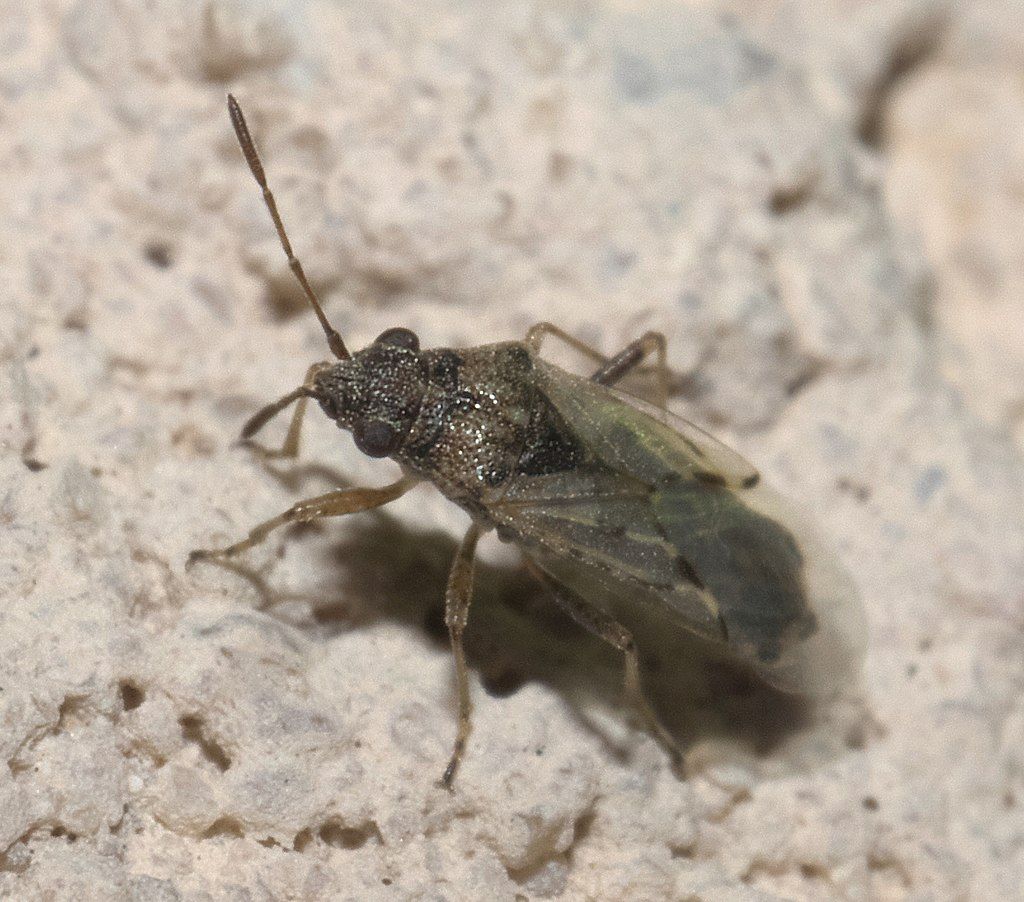
If it’s your goal to have the best lawn on the block, then bugs that eat grass are a stealthy enemy that might be working against your plans—right under your nose! Though tiny and therefore difficult to spot, many of the lawn insects here in North Texas can be powerfully destructive.
Among the destructive pests to be concerned about, lawn grubs should definitely be on your radar. However, they aren’t the only pest that can cause you problems.
In this article, we’ll take a closer look at surface-feeding insects that feed on the grass itself. Unlike grubs, which feed on grass roots beneath the surface, these 3 pests are sucking the life out of your grass blades and could leave a trail of destruction behind as a result.
These surface-feeding lawn insects have a blackish-gray body with fine hairs and white wings which bear a distinctive triangular mark—but chances are, you’ll never see those details. The adult chinch bug is only 1/6-inch long!
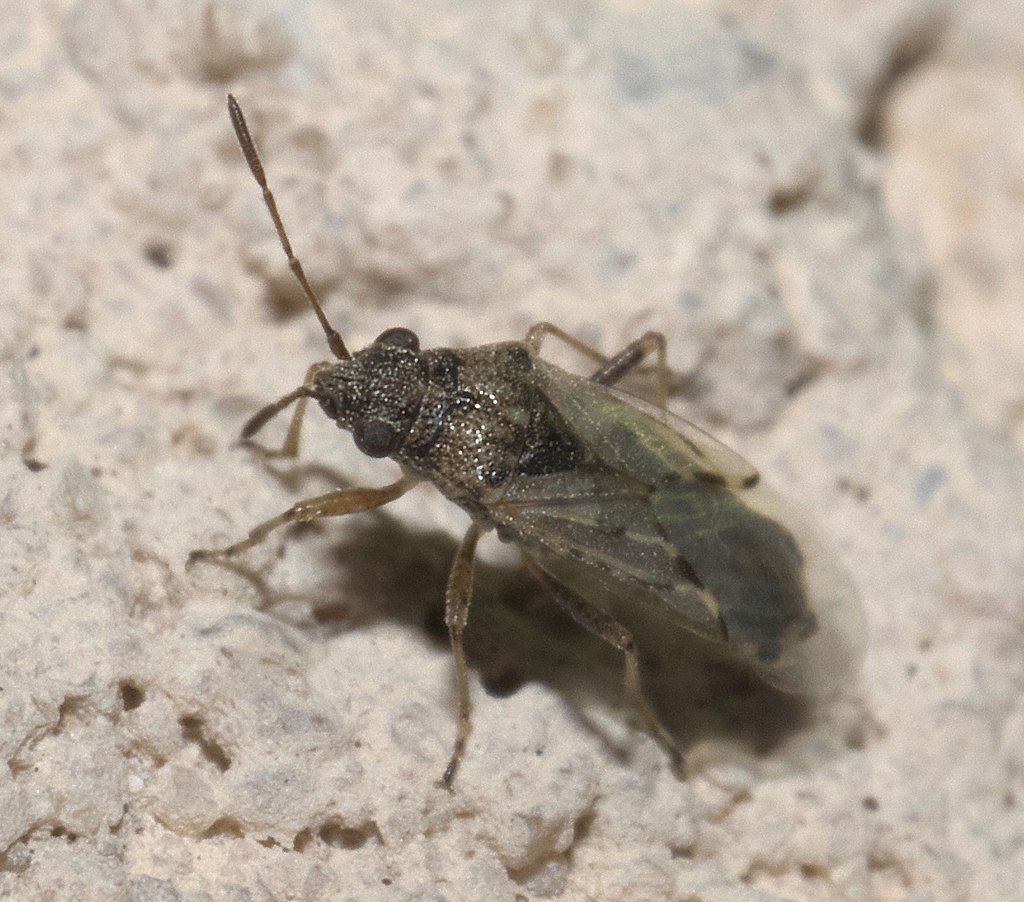
Despite their tiny size, these bugs can be destructive. Both nymphs and the adult form of chinch bugs feed on lawns by sucking the plant fluids out of the individual blades of grass. While doing so, they inject a toxin that can cause grass to turn yellow, brown, and ultimately die.
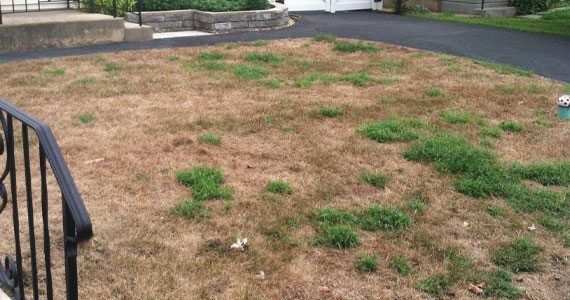
Because of this, chinch bug damage is commonly confused with lawn diseases like Brown Patch. However, a telltale sign that you’re dealing with chinch bugs is that the patterns of damage will be irregularly shaped from feeding (not circular shaped as Brown Patch tends to cause).
Armyworms are the larvae of moths. Full-grown larvae are between 1 ½ to 3 inches long and mostly hairless. These lawn insects get their name from the fact that they are found in large groups, like an army. They can be found in groups in the thousands! Of course, they are not “worms,” but rather caterpillars. These caterpillars move swiftly, eating as they go.
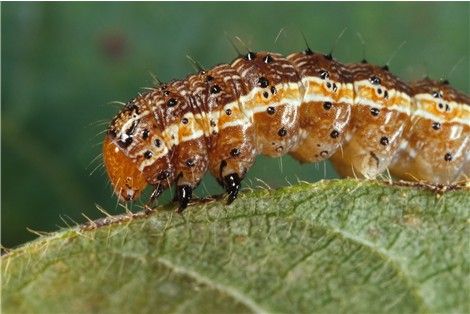
As a result of their large numbers and excessive munching, these lawn pests are highly destructive and can move through a lawn in a matter of days. One sign that you might be dealing with an armyworm problem is an increased presence of birds who love to feed on armyworms. Unfortunately, armyworms are good hiders, usually hanging out in the top layer of thatch, where birds often miss them.
The bermudagrass mite is a tiny, creamy white (or translucent-colored) mite that requires magnification to see. This mite is host-specific in that it only feeds on bermudagrass. Of course, this is the most common grass type in our region.
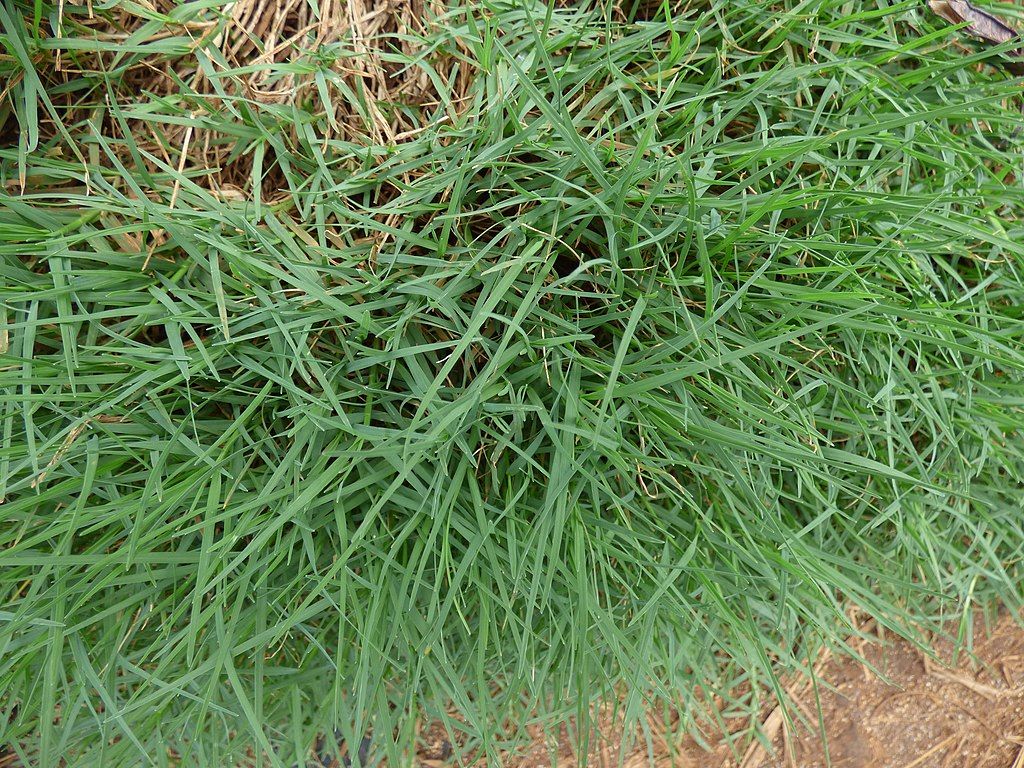
Bermudagrass mite damage generally looks like yellowing of the lawn or an overall loss of vigor. But the most telltale sign is that the leaves may die back to the stems as mites feed under the leaf sheaths which causes a “witch’s broom effect.” This is because the grass looks feathered out, like the end of a broom.
Each of these 3 lawn pests are addressed in different ways so the key to success is spotting a problem early and letting the pros handle it with the right product application. There are different curative products that will effectively kill each of these lawn insects if a problem does arise.
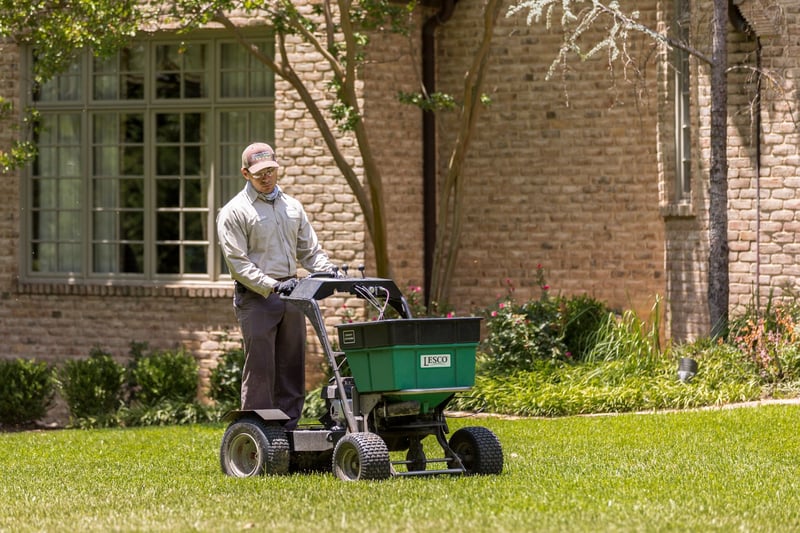
Because it’s possible you could never see one of these pests, we don’t include these products in our standard programs. We don’t want you to pay for a product you may never need. In fact, I (Jack Moore), have never had one of these 3 pests in my yard.
However, we believe it’s important that you are educated on these pests and their possible signs of destruction so that you can spot them early and give us a call to address them for you.
Grubs, on the other hand, are a problem across the board, which is why preventative control is so important.
In addition to curative treatments as they are needed, we would also suggest a full lawn care program that promotes a thick and healthy lawn. Since these lawn pests often like to hang out in the thatch layer of grass, preventing excessive thatch with lawn aeration is key to creating a lawn that naturally resists pests.
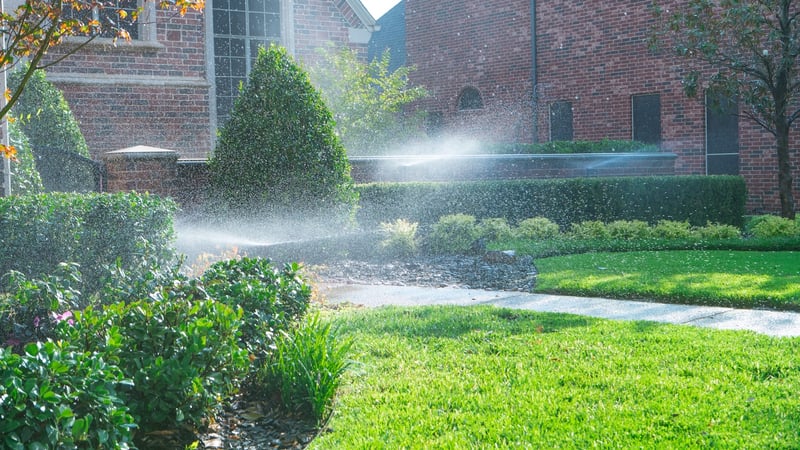
Proper cultural practices also go a long way in preventing pest problems. For instance, too little or too much water can cause chinch bug problems. Chinch bugs prefer a hot, dry environment and like a drought-stressed lawn. But over-watering can also cause saturated, oxygen-deprived soils that can’t cultivate the microbes needed to naturally decompose layers of thatch. Proper watering, however, can set you up for success.
At Grassperson, we want to help set you up with plenty of cultural recommendations and tips that will help get you the results you’re after.

Although it might feel like pests are working against your mission to have the best lawn on the block, with a professional on your side, you don’t have to fear them. That means you can have the peace of mind that your lawn will continue to look great and you can continue to enjoy it.
Ready to stop worrying about bugs that eat grass at your Flower Mound, Highland Village, or Lewisville, TX home? Get a free quote and get ready to have the best lawn on the block without the worries.
Image sources: chinch bug, armyworm, bermudagrass
These Stories on Lawn Care